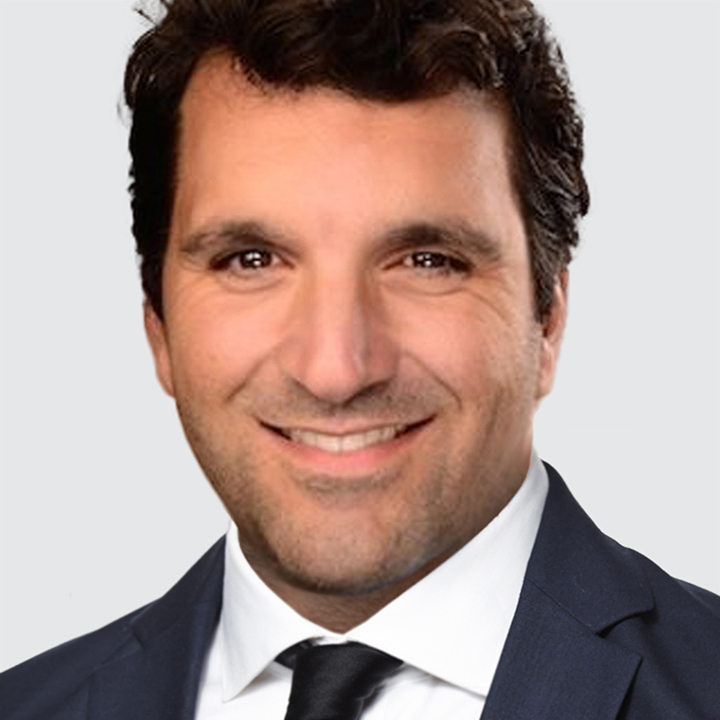King Dollar is Back
- The dollar’s dominance as an international currency means it performs well during periods of risk aversion.
- BOE Governor Bailey warns of the possibility of more aggressive rate cuts.
- Swiss CPI undershoots expectations, raising odds SNB dials-up easing.
USD is powering forward against all major currencies as markets brace for Israel’s counteraction to Tuesday’s ballistic missile attack by Iran. Israel’s response is expected to be less restrained than in April, potentially targeting Iran’s oil infrastructure and/or nuclear facilities. Meanwhile, crude oil prices are holding on to recent gains, gold prices are firm near record highs, and U.S. equity futures are slightly lower.
U.S. data releases today will likely show the economy remains in a good place. The ISM services index is projected to print at 51.7 vs. 51.5 in August (3:00pm London). The ISM services employment sub-component, Challenger job cut announcement (12:30pm London) and weekly jobless claims (1:30pm London) will offer more timely insights about the slowdown in the labor market.
GBP is underperforming following dovish comments by Bank of England Governor Andrew Bailey. In an interview with the Guardian newspaper, Bailey held out the prospect of the Bank becoming a “bit more aggressive” in cutting interest rates provided the news on inflation continued to be good. BOE is widely expected to cut the policy rate 25 bp at the next November 7 meeting and odds of a follow-up cut in December increased.
The September U.K. Decision Maker Panel (DMP) inflation expectations survey is the domestic data highlight (9:30am London). 1-year inflation expectations are expected to rise a tick to 2.7% but would remain near the lows since this series began in 2022. 3-year inflation expectations stood at 2.7% in August and still within the same narrow range that’s held throughout the year. Overall, inflation expectations are contained and do not move the dial on BOE easing expectations.
CHF weakened after Swiss September inflation undershoots expectations. Headline CPI fell -0.3% m/m (consensus: -0.1%), the biggest monthly decline since April 2020, to be down 0.8% y/y (consensus and SNB Q3 forecast: 1.1%) vs. 1.1% in August. Core CPI dropped -0.2% m/m and eased one tick to 1% y/y (consensus: 1.1%). The sharp decrease in inflation raises the probability of a 50 bp cut at the next December Swiss National Bank meeting. Regardless, CHF downside is limited as the fog of war continues to dominate financial markets.
EUR/USD is edging lower on broad USD strength and nearing key technical support at 1.1000. ECB policymakers continue to set the stage for an easier policy stance. Yesterday, Executive Board member Isabel Schnabel said that officials “cannot ignore the headwinds to growth.” Vice President Luis de Guindos warned that “Europe is in a low growth situation, and risks are to the downside.” Finally, Governing Council member Mario Centeno noted “the current state of the euro-area economy…necessitates a response from the ECB: a reduction in interest rates.” Eurozone July PPI is up next (9:00am London).
USD/JPY is building on yesterday’s gains and Japanese stocks are up as the Bank of Japan (BOJ) is seen keeping policy loose for longer. Japan Prime Minister Shigeru Ishiba emphasized yesterday “I don’t think the environment is ready for an additional rate hike”. And overnight, BOJ member Asahi Noguchi cautioned “I believe it is most important to continue to patiently maintain accommodative financial conditions.” Noguchi’s dovish comments are not surprising as he was one of two BOJ members that voted against raising the policy rate in July.
NZD is down against most major currencies. The RBNZ is expected to follow-up on the 25 bp Official Cash Rate (OCR) cut delivered in August with a 50 bp OCR reduction to 4.75% next week. The swaps market implies 75% odds of a 50 bp cut while the vast majority of analysts surveyed by Bloomberg have a 50 bp cut penciled-in. The RBNZ policy stance is too tight, heightening the risk a deeper economic downturn. In fact, the OCR is well above the RBNZ’s estimate for the nominal neutral rate range of 2 and 4%.
PLN will partly be driven today by National Bank of Poland (NBP) Governor Adam Glapinski post-meeting press conference (2:00pm London). Yesterday, NBP delivered on expectations and left the key policy rate steady at 5.75%. The risk is Glapinski further softens his policy stance. Several MPC members (Kotecki, Duda, Dabrowski, and Litwiniuk) turned more dovish throughout September arguing for the possibility of a March 2025 rate cut at the earliest. Kotecki and Wnorowski even suggested 100 bp of cuts over 2025 is likely. The swaps market has more than fully priced-in 75 bp of easing over the next 12 months.

